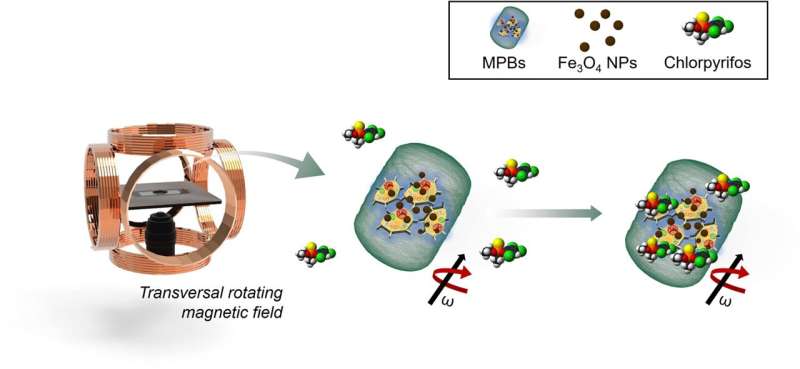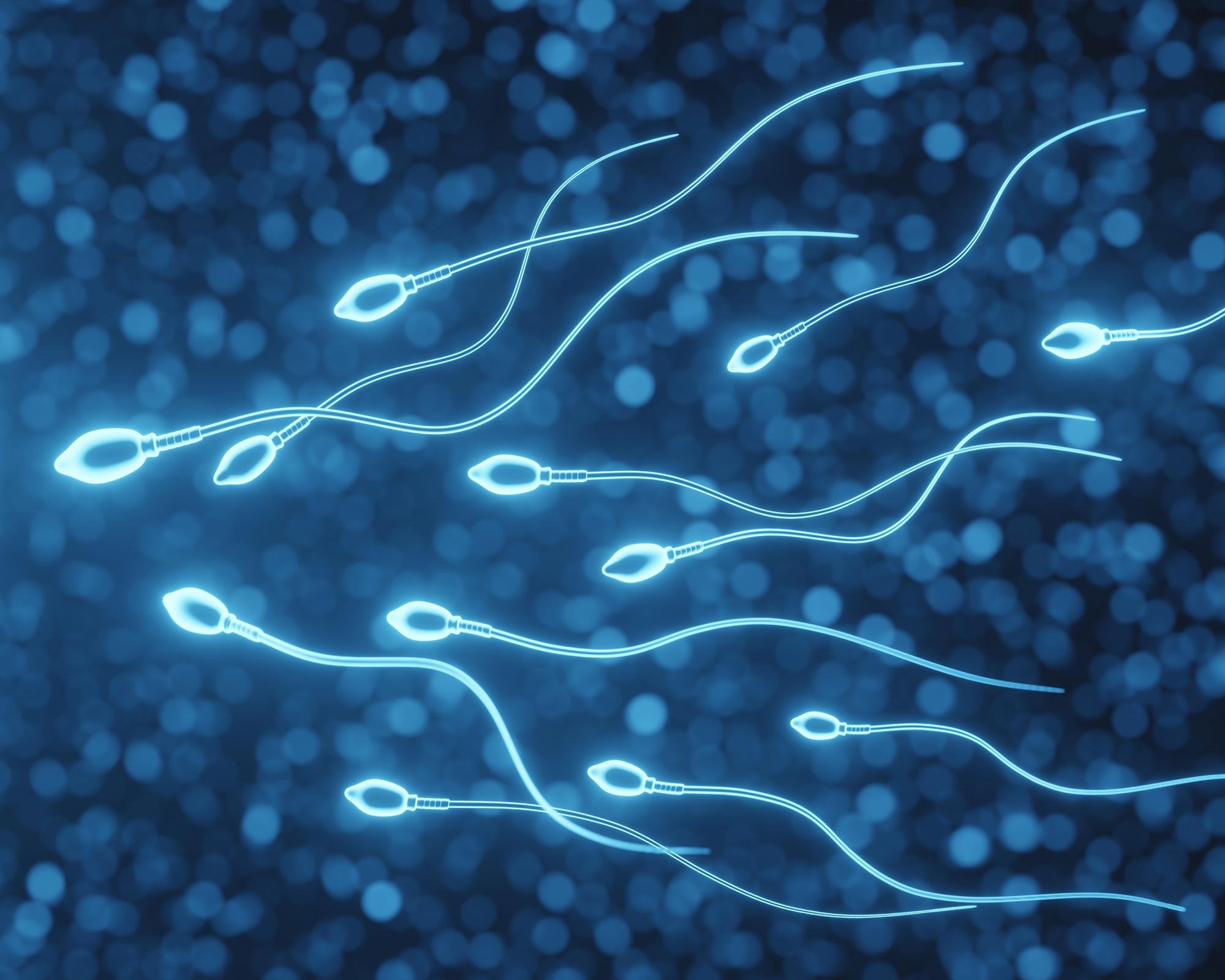
Biohybrid micro/nanorobots that integrate biological entities with artificial nanomaterials have shown great potential in the field of biotechnology. However, commonly used physical hybridization approaches can lead to blockages and damage to biological interfaces, impeding the optimal exploitation of natural abilities.
In a new study from the University of Chemistry and Technology in Prague, the removal of the pesticide chlorpyrifos was demonstrated using plant-based robots. To produce magnetic plant biobots, researchers cultivated plant calli on media containing ferromagnetic material. This material (iron oxide) was taken up inside the plant cells during their growth. Moreover, these materials were not toxic to plant calli, providing structural stability and enhancing callus growth.
The plant-based robots had a growth rate of 460% and excellent removal efficiency of 80% for chlorpyrifos. These results suggest that magnetic plant biobots can be effectively used not only for pesticide removal but also for heavy metal removal. Furthermore, magnetic plant biobots are excellent candidates to remediate polluted water.
In this study, now published in NPG Asia Materials, the researchers showed that magnetically propelled plant biobots, employing tomato-callus cultivation engineering in the presence of iron oxide nanoparticles, are capable of active movement and directional guidance under a transversal rotating magnetic field.
The iron oxide nanoparticles were transported through the cell growth media and then taken up into the plant tissue cells, imparting the plant biobot with magnetic function. Moreover, iron ions support the growth of callus cells, resulting in nanoparticle incorporation and enabling faster growth and structurally compact texture.
The magnetic plant biobots demonstrated rapid and efficient removal of chlorpyrifos, a hazardous nerve gas agent that causes severe acute toxicity, and recovery using an external magnetic field. The eco-friendly plant biobots described here demonstrated their potential in biomedical and environmental applications.
“The great advantage of these magnetic plant biobots is their simple preparation. This procedure can be easily scaled up,” says Prof. Martin Pumera, Ph.D.
More information: Su-Jin Song et al, Engineered magnetic plant biobots for nerve agent removal, NPG Asia Materials (2022). DOI: 10.1038/s41427-022-00425-0
Citation: Magnetic plant biobots can be effectively used for pesticide and heavy metal removal (2022, October 18) retrieved 26 October 2022 from https://phys.org/news/2022-10-magnetic-biobots-effectively-pesticide-heavy.html
This document is subject to copyright. Apart from any fair dealing for the purpose of private study or research, no part may be reproduced without the written permission. The content is provided for information purposes only.
Note: This article have been indexed to our site. We do not claim legitimacy, ownership or copyright of any of the content above. To see the article at original source Click Here












